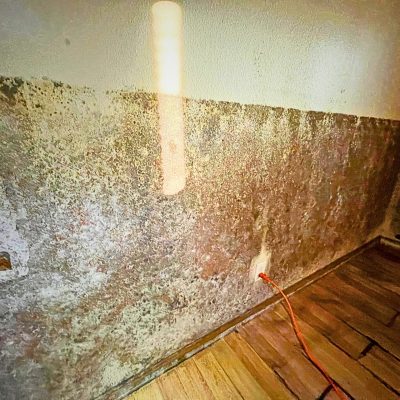Lead Testing
About Inspections / Sampling / Testing
The purpose of a Lead inspection is to identify the presence or absence of lead-based paints. Lead is a toxic metal that has been used in and around our homes up until 1978. According to the Lead-Based Paint Hazard Reduction Act implemented in the year 1992, which is commonly known as the Title X, it is indicated that there are serious health risks to children under the age of 6 residing in homes containing lead-based paint. Any samples taken on site will be sent to a third party NLLAP accredited laboratory for analysis.
When to Test for Lead?
It is recommended to test for lead-based paints in homes built before 1978, as this was when lead paint was banned for residential use in the United States. Additionally, it is important to test for lead prior to renovating or disturbing paint that may contain lead to prevent exposure to harmful lead dust. Testing for lead-based paints is important for your health and safety as lead exposure can have serious health consequences, especially for children and pregnant women. Identifying and removing lead-based paints can help reduce the risk of lead poisoning and protect your family from potential harm. A lead test may also be beneficial during the process of a real estate transaction on a property built before 1978.
How to Test for Lead?
Lead sampling is performed by obtaining paint chips, soil samples, and dust wipe samples. It is important to consult with a certified lead-based paint inspector or risk assessor to perform these services.

Indoor Environmental Testing With an Ease of Mind
Gallery













Get In Touch
Ready for a worry-free property? Reach out now and let’s ensure your safety together!
